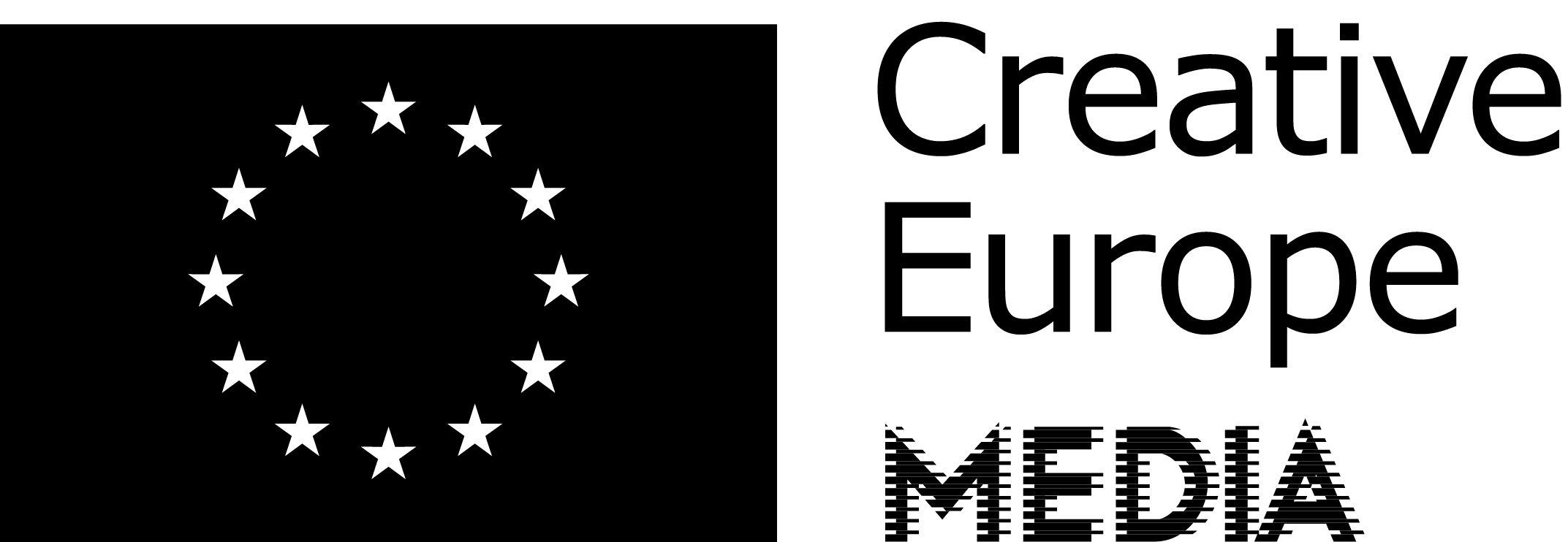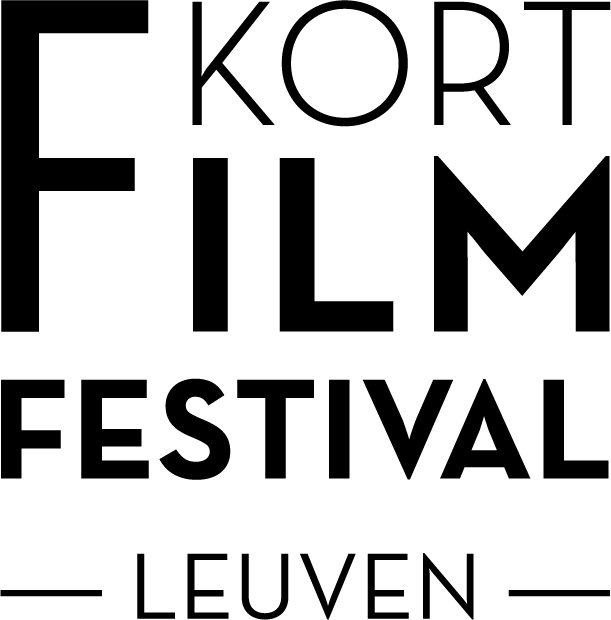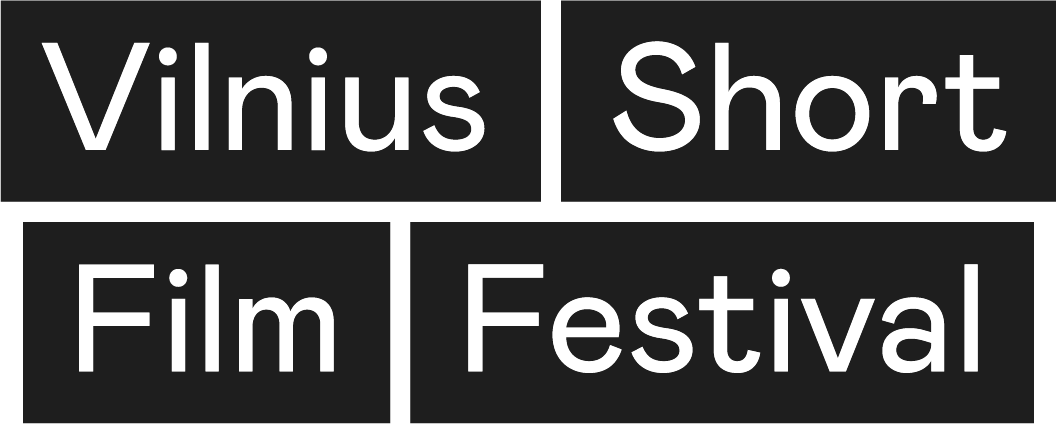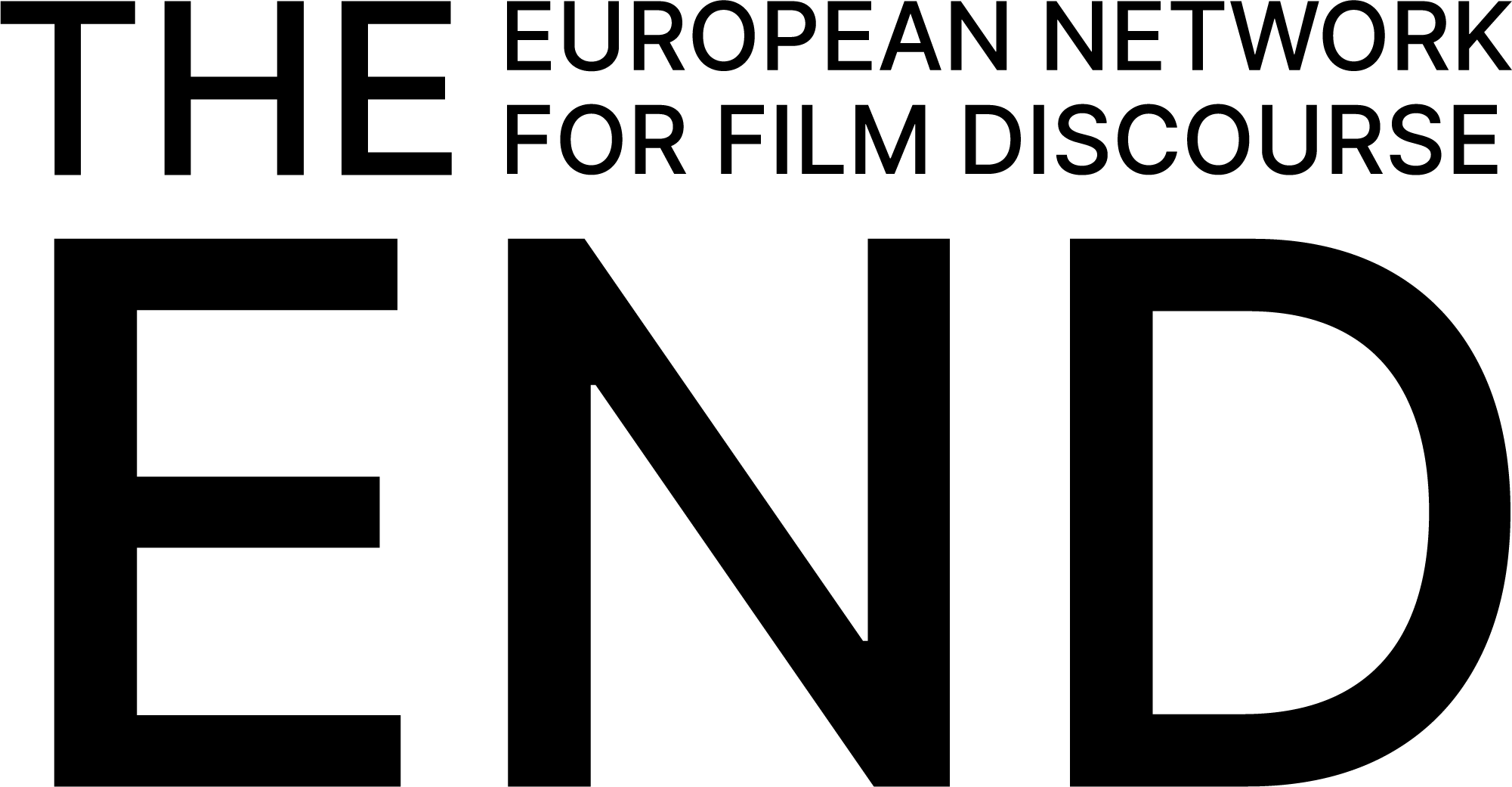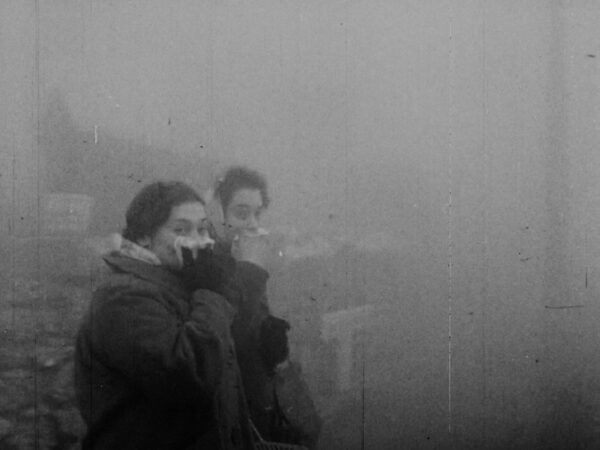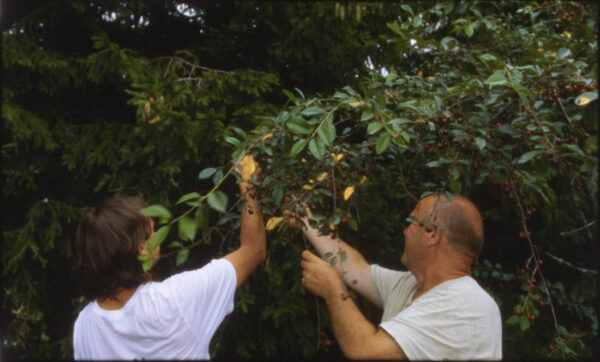We Live in an Autofictional Society
Examining Docufictional Works
Olivia Popp examines the blurring of lines between documentary and fiction, as exemplified in short films that linger on the intersection of both.
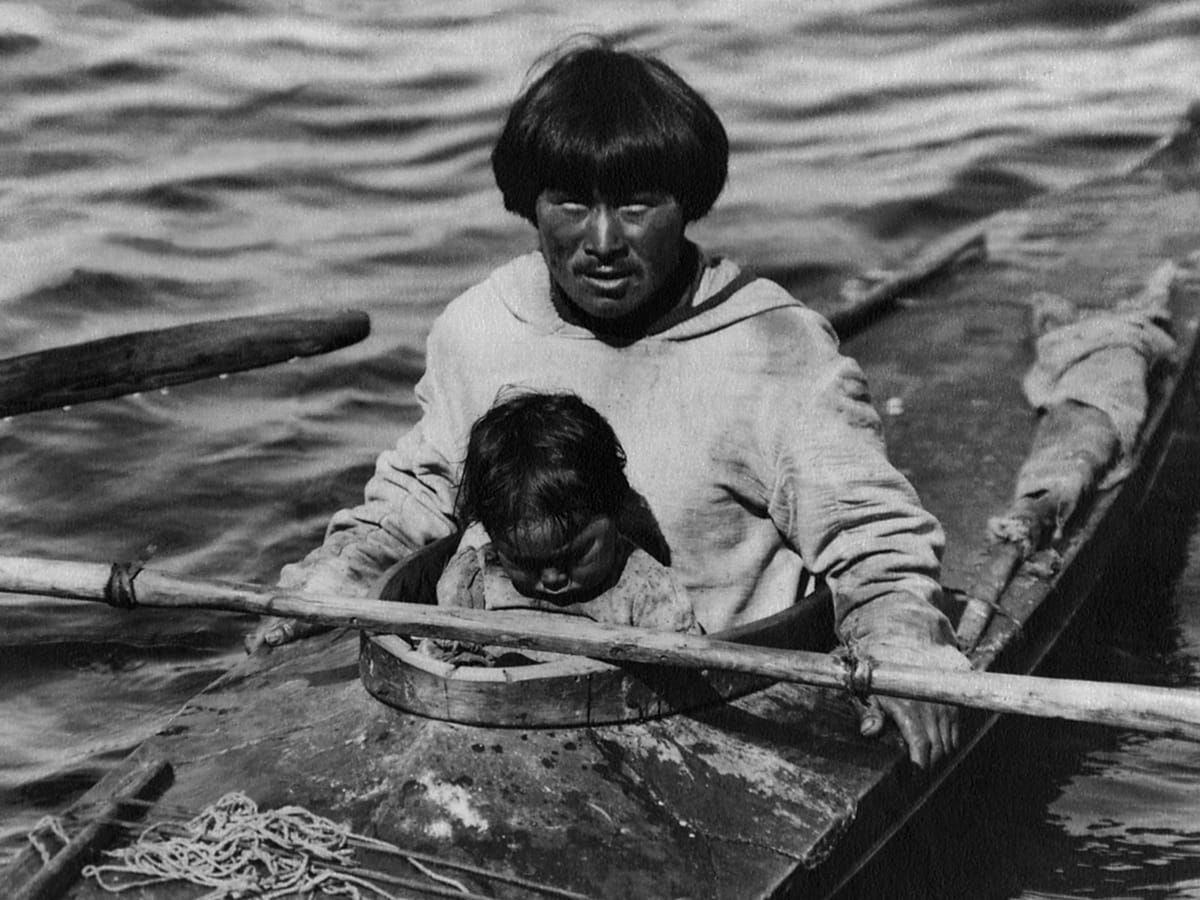
“In fact, truth and falsehood are properties of beliefs and statements: hence, a world of mere matter, since it would contain no beliefs or statements, would also contain no truth or falsehood.” Writing within the field of analytic philosophy, Bertrand Russell makes this easily comprehensible comment that resonates beyond the spheres of logic and mathematics. This statement itself can be rejected as truth or falsehood—perhaps true for the relativists and the constructivists, false for the staunch followers of science and religion. But the British logician was searching for the origins of truth, two fraught and potent words. What happens when art refuses to embrace either?
Embedded in docufiction is a yearning to move beyond reappropriating truth towards reappropriating categories. In both the national and international competitions of the 17th Vilnius Short Film Festival, the blurring of documentary and fiction was pervasive among several works, if documentary were to simplistically stand for reality/truth and fiction were to stand for fantasy/falsehood. For a film to resist categorisation is an act of resistance, when labels frame expectations and prime us epistemologically, cinematically, and affectively. Pinning down and caging in the elusiveness of docufiction is a futile task; it is a constructed bizarro-category that is more about the negation of fiction than it is any sort of concrete thing. Binaries form the basis of our world, and everything else is left by the wayside. For instance, the term “queer” acts as the negation of straight, an all-encompassing “everything but”. Non-binary acts not as a third gender, but instead as an imagination outside of the social constructions of man and woman. For a film to be neither fiction nor documentary leaves it floating in the nether—free and unobstructed, but marginalised.
When narrative-making within any medium is a tool of the oppressor, labeling and categorisation can thus become acts of epistemic violence. The art of Western docufiction, too, comes with its own baggage, despite remaining seemingly indefinable as a genre. Arguments have been made that films such as those within Robert J. Flaherty’s body of work (among them Nanook of the North, Moana, and Man of Aran) can be read as docufiction, but hindsight is 20/20. Originally branded as documentaries, they are ethnological fiction in the tradition of colonial anthropology at its finest, with a significant amount of behind-the-scenes manipulation of clothing and practices, locals paid to stage activities to reflect a Western image. The docufiction label becomes an excuse to “do better next time”, to rewrite the powerful into self-awareness.
Clocking in at just seven minutes, Saleh Kashefi’s And How Miserable is the Home of Evil reclaims this very narrative by reinventing the powerful through material of his own making—docufiction as resistance in form and function. The self-described underground audiovisual artist fuses archival footage from Ayatollah Khamenei’s official website with sound footage from three social media accounts that use their platforms to showcase political injustice and violence, both in Iran and elsewhere. We witness a crowd in a religious meeting space to hear Khamenei speak before the film diverges, splitting from its strictly archival form. This departure is ushered in first by the low thwump-thwump-thwump of helicopters—and then a woman reporter declares the “final moments of the sacred regime of the Islamic Republic of Iran”.
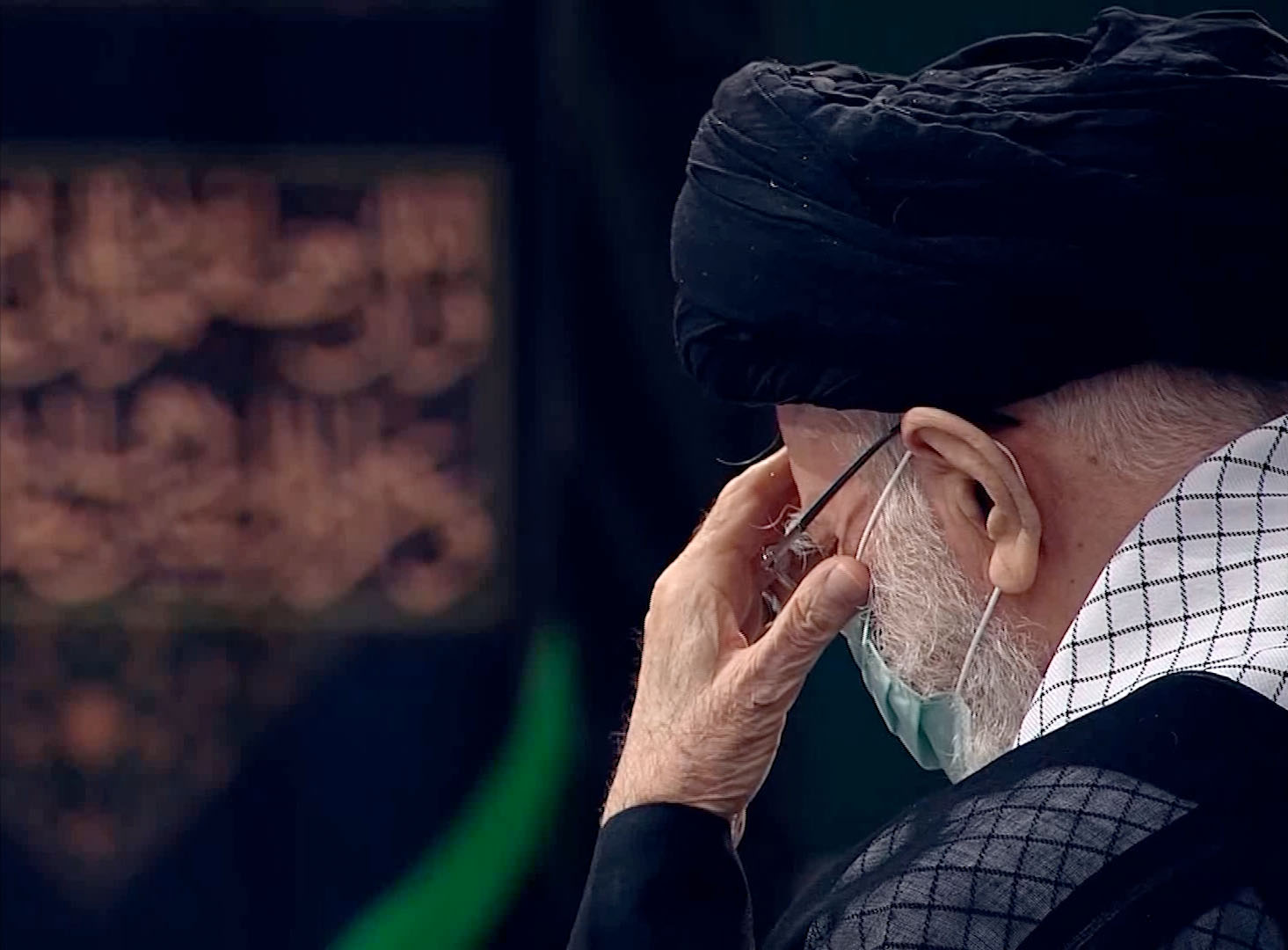
And How Miserable Is the Home of Evil (Saleh Kashefi, 2023)
Notably, sound becomes the primary sensory element, subverting visuals as the dominant factor in the cinematic experience. In a persuasive occupation of historical time and space, the film’s four-and-a-half minutes after the title card are devoted almost entirely to shots of a brooding Khamenei, overlayed with the sounds of shouts that any audience could likely recognise as those of rebellion. Its length, long shots, and slow camera movement allow for the new and alternate reality of And How Miserable to sink in. Although the moment of realisation will be different for each viewer, in the film, there is a shift when sound overtakes the visuals as the arbiter of reality, when sound dictates what we experience and how.
The everyday, too, can adopt this technique of sound-forward reality-building within docufiction. Poking fun at the grandioseness of being emotionally and metaphorically aimless, Emma Limon’s I Once Was Lost is, at first glance, a mundane tale of the filmmaker’s father getting lost in suburban America, where he, in voiceover, casually narrates his journey through the evening and how he eventually gets home. At a donut shop, John asks for directions to no avail. The narrative reenactment plays out along with (and even a millisecond after) the voiceover, as if her father’s words are manifesting the events. The visual becomes a reaction to the aural and an inversion of our very sensory expectations. This time, thunder reaches us before the lightning and not the other way around.
In the film, the act of mimesis (“to imitate”, deriving from Greek)—of visuals mimicking the sound and representing it anew—then engages with diegesis (“to narrate”, deriving from Greek) in a dialectical complex as proposed and taken up by classical philosophers. Sometimes, diegetic John is permitted to speak, while in other moments, non-diegetic John intrudes and mediates. Combining mimesis and diegesis, a dialogue emerges between the two fathers (one visual and one voiceover), who are, in fact, one and the same.
Limon also makes a distinct casting choice: the filmmaker’s father (John Limon) plays himself, but an actress (Julia Shepherd) plays a young Emma. In Vytautas Katkus’ short film Cherries, which screened in the festival’s national competition, the filmmaker and his father play themselves in a short film that tells the story of an afternoon between the two. These two films not only embrace docufiction but also autofiction as another evasive form that combines autobiography, fiction, and broader exploration of the self (Greek: auto(s)), ranging in subjectivities.
By not appearing in the film herself, Limon attempts to distance herself from the autofictional narrative and instead centers on her father, primarily through sound and voiceover (the title suggests a first-person perspective from her father). Yet autofictional elements are endlessly present: the inciting incident is Emma’s desire for her father to drive her to her boyfriend’s house, and even the film’s description simply reads, “One night in 2008, my father, John, got lost in a Boston suburb.” The refusal to fully commit to either a first- or third-person perspective gives the film the quality of a storybook, a tale retold and retold. This is a story that could be appropriated to any pairing, any suburb, any time. Cherries, too, is purposefully fuzzy, but instead in its definition of characters. The father and son of Cherries are depersonalised and unnamed; the duo could very well not be playing themselves. Yet the comparison is impossible to avoid given the simplicity of the film’s setup, and so the audience is led to co-produce this autofiction, one that can dually be read as not an autofiction at all.
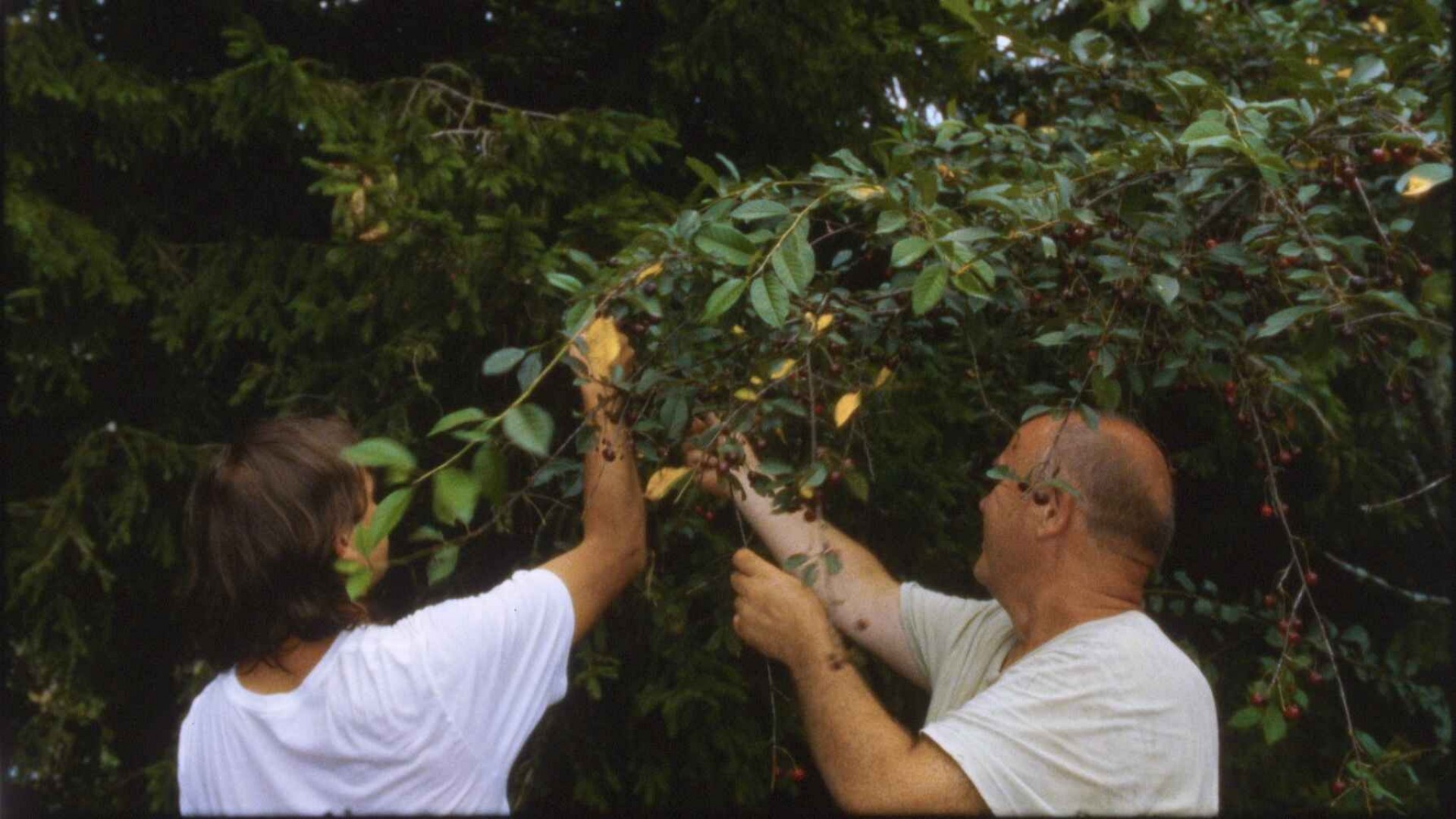
Cherries (Vytautas Katkus, 2022)
Autofiction is perhaps a filmmaker’s ultimate cinematic act of (re)creation, a set of infinity mirrors (re)producing in derivative, a form that disrupts the established distance between artist and work of art. The mimetic imitation confronts the original: like two magnets with equal poles that get too close, a repulsion or breakage occurs. Physical being and existence are separated when a filmmaker remakes themselves onscreen, whether visually or aurally. An instance of the self lives on in film without being. Playing with or manipulating (in a nonconventional way) sensory stimuli such as sound reveals itself as a logical entry point into autofiction, where the self and its senses cannot be trusted.
Moving from a fishmonger’s shop to the family home, the Katkus duo picks cherries and then eats a meal together as the father seeks to reminisce on past times with his son. While visually conjuring a nostalgic quality through its use of 16mm film stock, the film can be seen head-on as a reflection of memory and actual events until it takes on a near-magical tone with its mysterious ending shots. The scenario could very well be based on an actual interaction between the increasingly estranged father and son, or else completely constructed and based solely on the filmmaker’s imagination. The evocation of memory as an intangible and ephemeral thing circles back to the mutability of docufiction. Memory is neither truth nor falsehood, ever-changing in its expression of the self at any given moment.
If we return to Robert J. Flaherty’s work as a form of ethnographic film (taking into account invention as a part of ethnography itself), we can turn to autoethnographic film as a reflexive mode that seeks to divorce itself from multiple layers of baggage, that of anthropology and docufiction. As a qualitative research technique, autoethnography by nature is self-reflective; it may encompass the study of oneself or the use of personal experience to inform broader phenomena. The self thus becomes subject and object in a distortion of the conventions of so-called objectivity, an awareness that came about within anthropology at least fifty years back in the discipline’s long overdue “reflexive turn”.
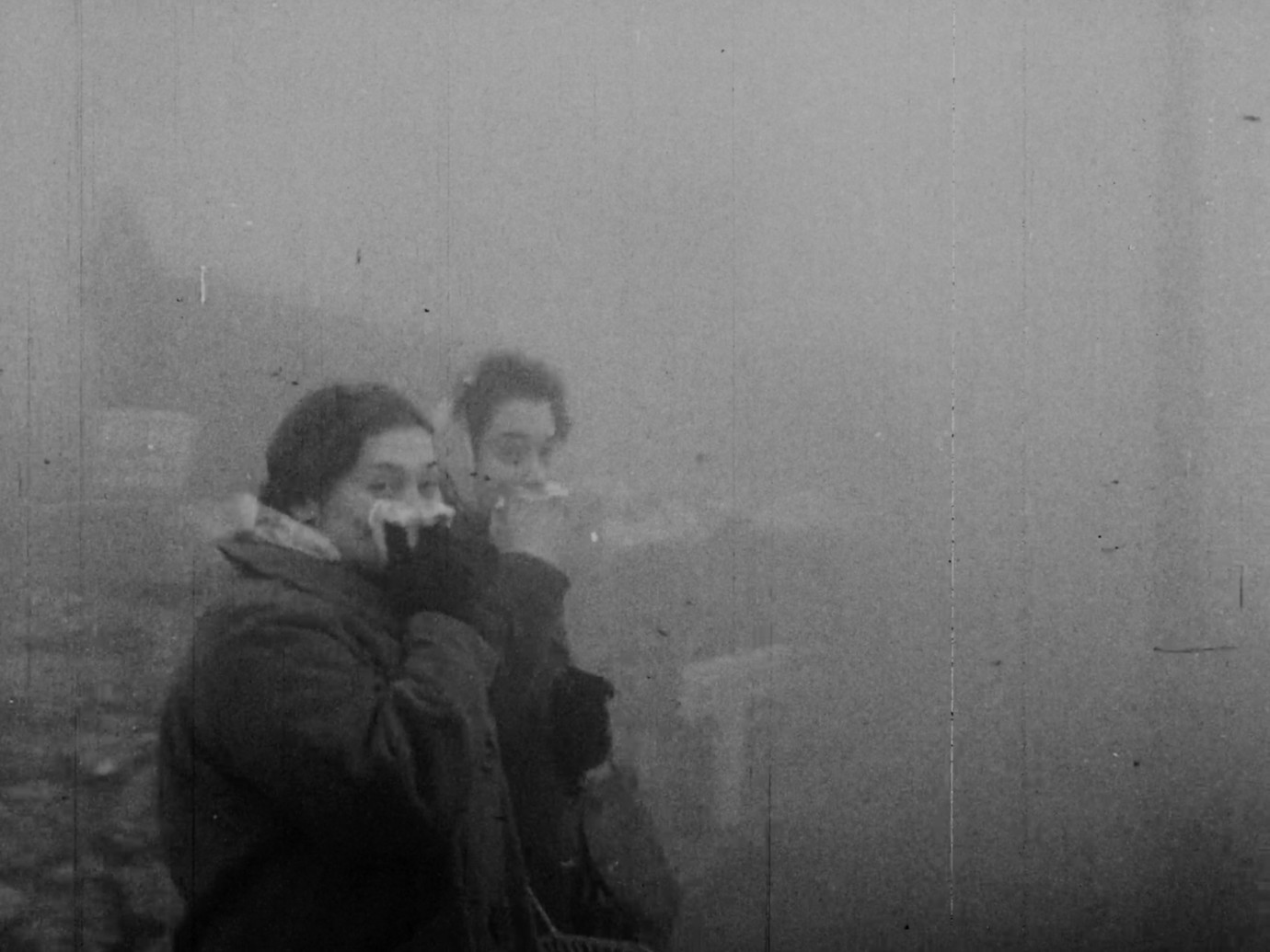
The Veiled City (Natalie Cubides-Brady, 2023)
If autoethnography is a study of self—with self being not merely the individual but also one’s community and society—then Natalie Cubides-Brady’s The Veiled City can be seen as an autoethnographic docufiction. Cubides-Brady uses black-and-white archival footage to show scenes from the 1952 Great Smog of London while reframing the clips in the form of an epistolary voiceover. Writing to her sister, the narrator travels back in time from 2198 to mid-century England in an attempt to explore the origins of what is implied to be an exacerbated climate disaster in full force.
The Veiled City is speculative, reaching across both time and space while also using an audiovisual combination similar to that of And How Miserable: audio that both complements and inverts the visuals while reinventing it all at once. Here, the diegesis is completely fictional in the written sense, although the narrator, too, describes some images from the archival footage on-screen: overturned buses, descending smog. The auto aspect expands to encompass our world and society as a single self. It is a profound and complex examination of our times: travelling backwards in visuals and forward in audio to examine the present moment.
The categorising we impose on our cultural products, industries, and phenomena deserves questioning. Art imitates life, life imitates art—mimesis, mimetic, meme. Forget original sin, Jesus is the original meme of “Western civilisation”, recreated ad infinitum, neither fully fact nor fully myth, but something in between. Regardless, we may still believe, wholeheartedly, in the reality of something that resides in between realms.
This text was developed during the European Workshop for Film Criticism #3—a tandem workshop set during Kortfilmfestival Leuven and Vilnius International Short Film Festival—and edited by tutor Savina Petkova.
The European Workshop for Film Criticism is a collaboration of the European Network for Film Discourse (The END) and Talking Shorts, with the support of the Creative Europe MEDIA programme.

